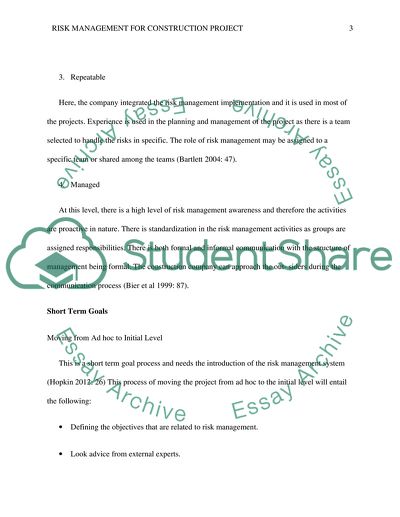Cite this document
(Risk Management for Construction Project Coursework, n.d.)
Risk Management for Construction Project Coursework. Retrieved from https://studentshare.org/engineering-and-construction/1863140-risk-management-for-projects
Risk Management for Construction Project Coursework. Retrieved from https://studentshare.org/engineering-and-construction/1863140-risk-management-for-projects
(Risk Management for Construction Project Coursework)
Risk Management for Construction Project Coursework. https://studentshare.org/engineering-and-construction/1863140-risk-management-for-projects.
Risk Management for Construction Project Coursework. https://studentshare.org/engineering-and-construction/1863140-risk-management-for-projects.
“Risk Management for Construction Project Coursework”, n.d. https://studentshare.org/engineering-and-construction/1863140-risk-management-for-projects.


